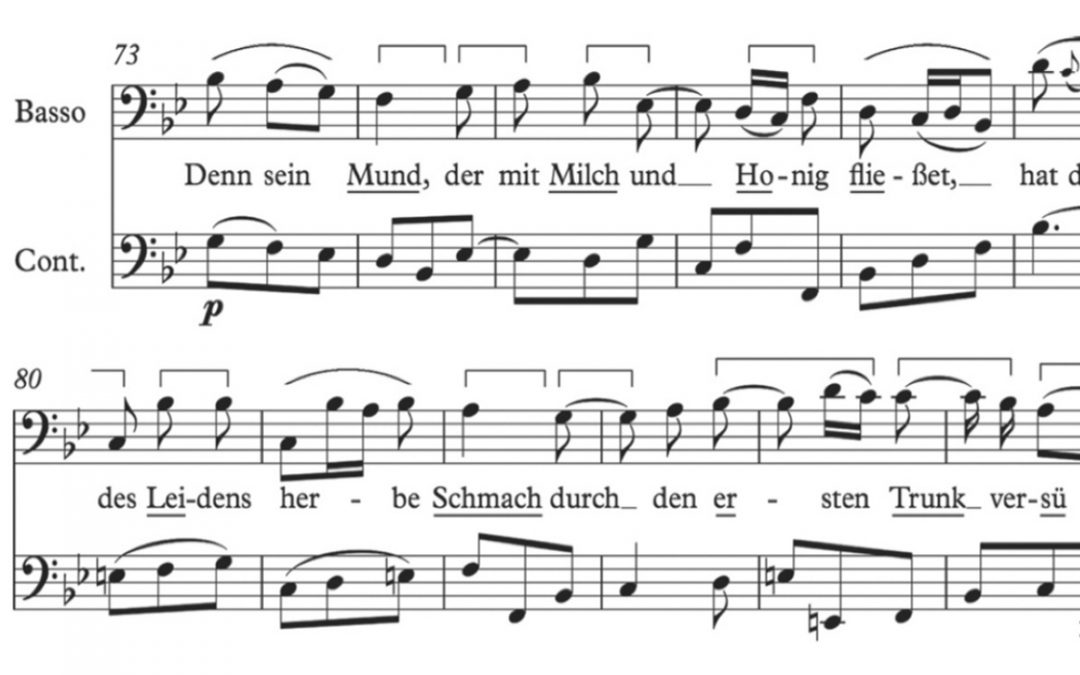Recently I saw an article discussing some excellent architectural work by a few promising architectural practices with the complementary descriptor of the work as “Frozen Music”. I have heard this same term attached to Disney Hall, a way of thinking about the design I am pretty sure Mr. Gehry never used, certainly not while he was designing the building. My sense is that there is a fundamental problem with this phrase, catchy as it might be. Architecture is not something that is experienced in a frozen or static state. Only the photography of it is so. I think this is where people are misled. Architectural photography is not architecture. Architecture is reliant on the person experiencing it to be moving through and around it. What it has to tell you is revealed in the dynamics between the elements of which it is comprised, set in motion by our motion, and made possible by the full range of our senses and faculties. It is the shifting of elements, in relation to each other and the individual, that allows the architect to tell a more complex story, and for the work to come to life.
A premier example of this effect is the Ando Museum in Honmura, on the island of Naoshima, Japan by, as you might guess: Tadao Ando.
Set in a traditional Japanese village, Ando reveals the elements essential to his architecture by sequentially removing them as you move through his building. The first to go is any sight of the physical context, then your awareness of any other space but the one you are in. As you near the end of the journey he is guiding you on, all detail and material but his elemental concrete are striped away. Finally you end up in a subterranean space with only a tiny beam of light, the most essential element to his architecture, entering a space that has lost all definition in the darkness. Your path back reconstructs the entire palate of the architectural experience, of which you are greatly more aware.
Architecture from any age and style will take you on its own journey of discovery, through deliberate sequences of spaces, transitions and shifting perspectives. Elements that you see in fragment are revealed, hidden and revealed more fully. Light, material, scale, openness, texture and sound are all at play (big spaces sound differently than small ones, and you can tell). These elements are deliberately manipulated to affect one through the senses, emotionally and ultimately intellectually. This is the excitement and nature of an architectural experience. The architect is reliant on you, the actively moving and engaged “participant” in the experience he or she has constructed, to tell you something about the place you are in and the joy of being there, about the people who caused the building to be built and their values. You might also discover something about how it was built and the folks who built it. All this helps fill a basic need common to all constructive human endeavor: to form or acknowledge connections, exchange ideas to elevate the human experience. So architecture can be no more frozen than can music and still be heard.

